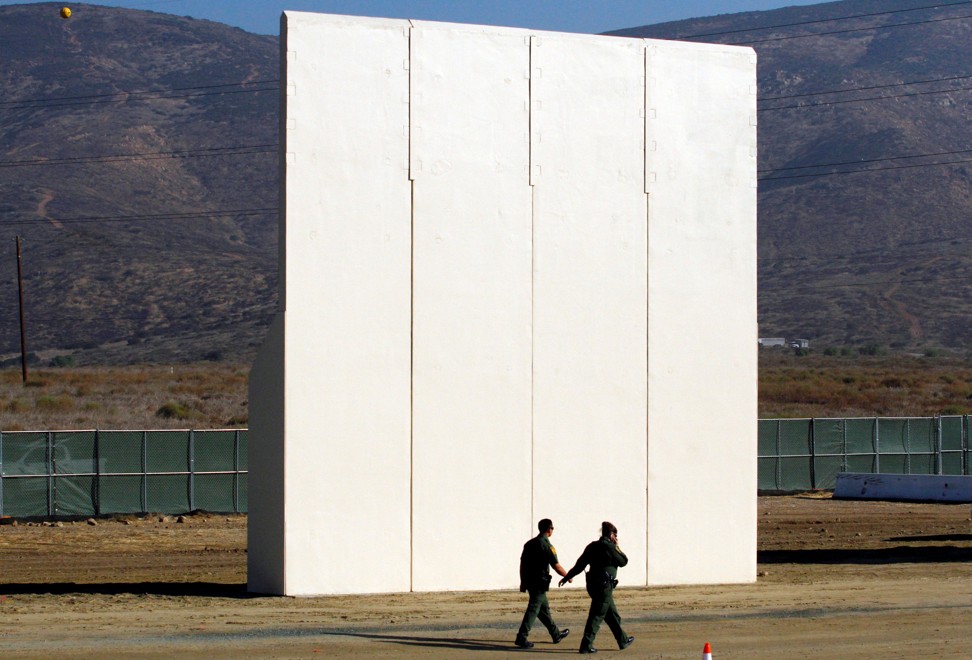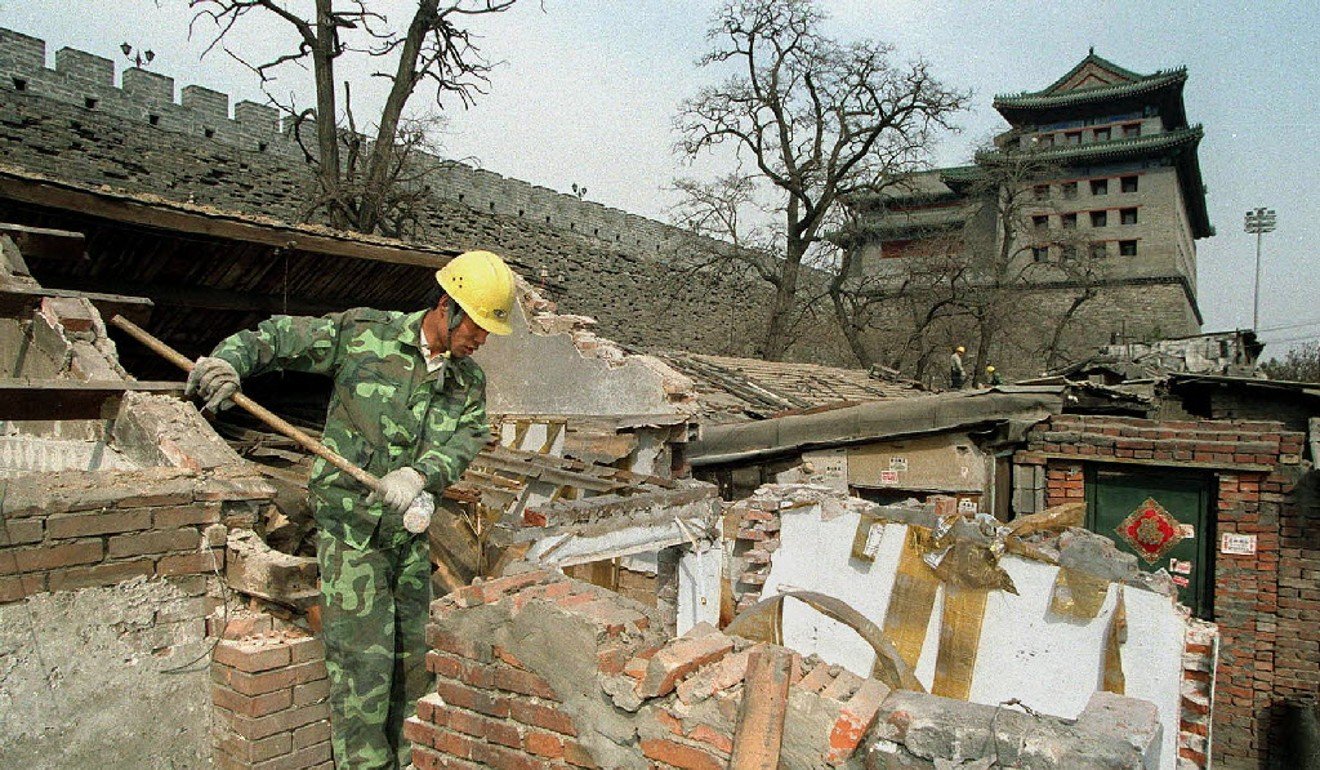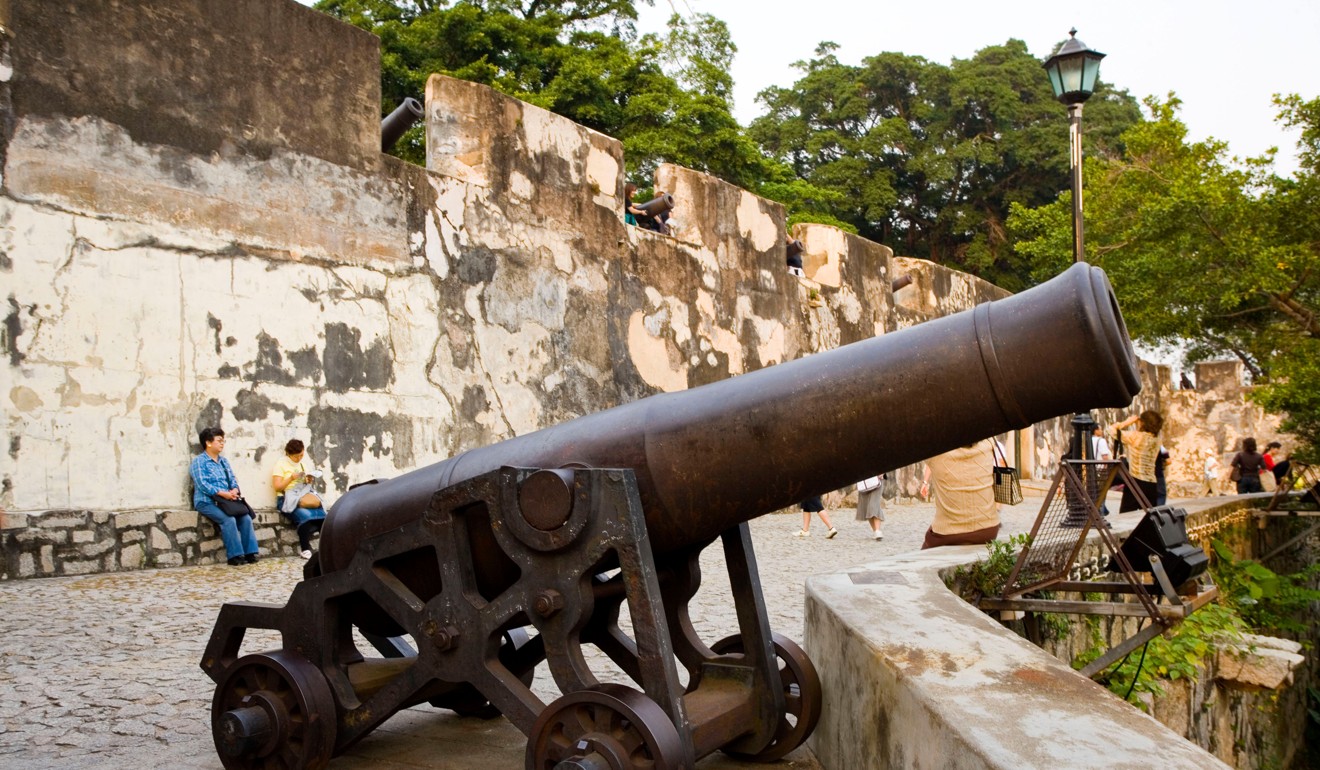
China can teach Donald Trump a lot about walls and foreigners
Throughout history, walls have been built in China to show the outside world who is boss; these days, aside from some historical remains, they are virtual or, in the case of Macau and Hong Kong today, psychological and legal
Why do walls exist around cities or parts of countries? These attempts to keep invaders out – or inhabitants in – have a long history. The concept looms large in Donald Trump’s threats to build a barrier along the United States-Mexico border and in the fenced-off Israeli annexation of Palestinian territories. The cold war-era partitions between East and West Berlin are not such a distant memory.
China, too, has a long history of walling itself off from the rest of the world. The process continues in cyberspace, with the “Great Firewall Of China” not being an entirely facetious label. While the Great Wall of China is the best-known physical example, most Chinese cities have had external walls. Modern Xian and Nanjing retain magnificent stone and brick ramparts marked by superb entrance towers.

Examples exist closer to Hong Kong. Among the least noticed of Macau’s historical sites are the city’s fragmentary walls, which – like those elsewhere in China – mostly date from the Ming period (1368-1644). From the 1630s until they were largely demolished in the 1860s, walls stood around what today is the city’s central area. For the first 70 years of Portuguese settlement after 1557, no substantial walls had existed around the newly established town; no one – Chinese or Portuguese – saw any need for them.

And who were to be kept out? Other foreign powers with territorial ambitions, such as the Dutch and British, who posed an increased threat as Portuguese technological superiority and maritime power waned during the early 17th century. Repeated Dutch attacks on Macau in particular proved to the Chinese the dangers these newcomers posed.

The traditional Chinese approach to “barbarian” management – whether concerning Tartars from Central Asia or “ocean barbarians” such as the Portuguese – was to let them look after themselves. Physical separation saved the Sons of Heaven from the nuisance of direct connection with foreigners. Tartar cities, legation quarters, foreign concessions, international settlements and, now, special administrative regions – all these fenced-off sections served the same basic purpose across China’s history.
The “use barbarians to manage barbarians” policy is related to the intellectual strategy behind the “one country, two systems” formula. These days, Hong Kong and Macau’s walls with China are more psychological than actual, and mostly legal and administrative in everyday practical terms.
These “walls” become more porous, transparent and irrelevant with every passing year, and will one day disappear altogether as both cities converge fully with China.

